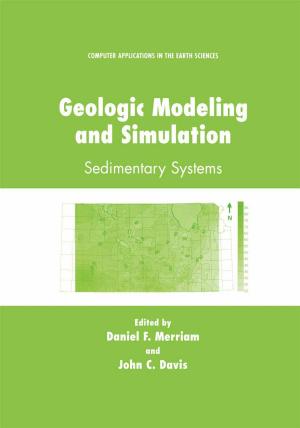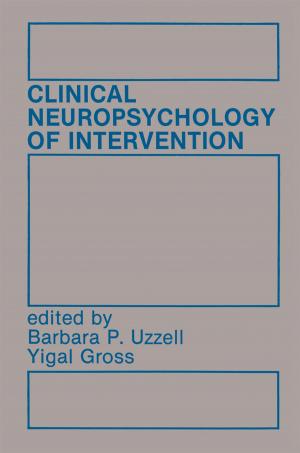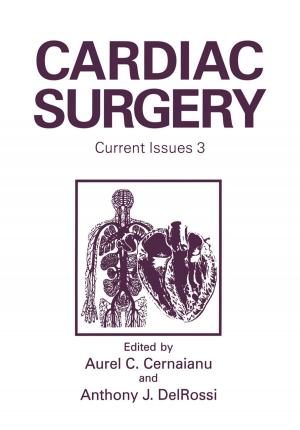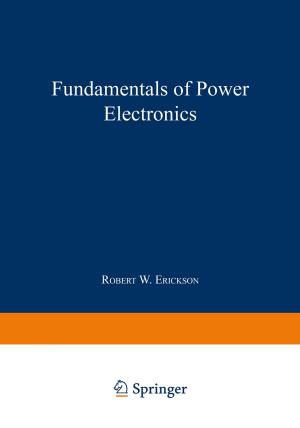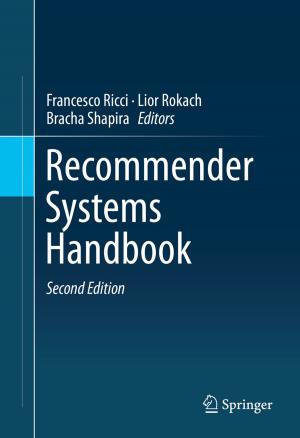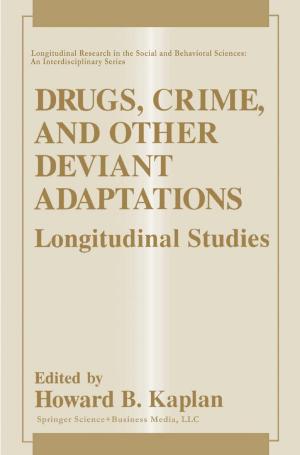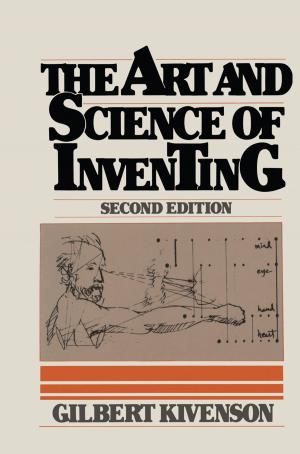Switched Time-Delay Systems
Stability and Control
Nonfiction, Science & Nature, Technology, Electronics, Circuits, Computers, Advanced Computing, Artificial Intelligence| Author: | Magdi S. Mahmoud | ISBN: | 9781441963949 |
| Publisher: | Springer US | Publication: | September 14, 2010 |
| Imprint: | Springer | Language: | English |
| Author: | Magdi S. Mahmoud |
| ISBN: | 9781441963949 |
| Publisher: | Springer US |
| Publication: | September 14, 2010 |
| Imprint: | Springer |
| Language: | English |
In many practical applications we deal with a wide class of dynamical systems that are comprised of a family of continuous-time or discrete-time subsystems and a rule orchestrating the switching between the subsystems. This class of systems is frequently called switched system. Switched linear systems provide a framework that bridges the linear systems and the complex and/or uncertain systems. The mo- vation for investigating this class of systems is twofold: ?rst, it has an inherent multi-modal behavior in the sense that several dynamical subsystems are required to describe their behavior, which might depend on various environmental factors. Second, the methods of intelligent control systems are based on the idea of swit- ing between different controllers. Looked at in this light, switched systems provide an integral framework to deal with complex system behaviors such as chaos and multiple limit cycles and gain more insights into powerful tools such as intelligent control, adaptive control, and robust control. Switched systems have been inves- gated for a long time in the control and systems literature and have increasingly attracted more attention for the past three decades. The number of journal articles, books, and conference papers have grown exponentially and a number of fundam- tal concepts and powerful tools have been developed. It has been pointed out that switched systems have been studied from various viewpoints.
In many practical applications we deal with a wide class of dynamical systems that are comprised of a family of continuous-time or discrete-time subsystems and a rule orchestrating the switching between the subsystems. This class of systems is frequently called switched system. Switched linear systems provide a framework that bridges the linear systems and the complex and/or uncertain systems. The mo- vation for investigating this class of systems is twofold: ?rst, it has an inherent multi-modal behavior in the sense that several dynamical subsystems are required to describe their behavior, which might depend on various environmental factors. Second, the methods of intelligent control systems are based on the idea of swit- ing between different controllers. Looked at in this light, switched systems provide an integral framework to deal with complex system behaviors such as chaos and multiple limit cycles and gain more insights into powerful tools such as intelligent control, adaptive control, and robust control. Switched systems have been inves- gated for a long time in the control and systems literature and have increasingly attracted more attention for the past three decades. The number of journal articles, books, and conference papers have grown exponentially and a number of fundam- tal concepts and powerful tools have been developed. It has been pointed out that switched systems have been studied from various viewpoints.

